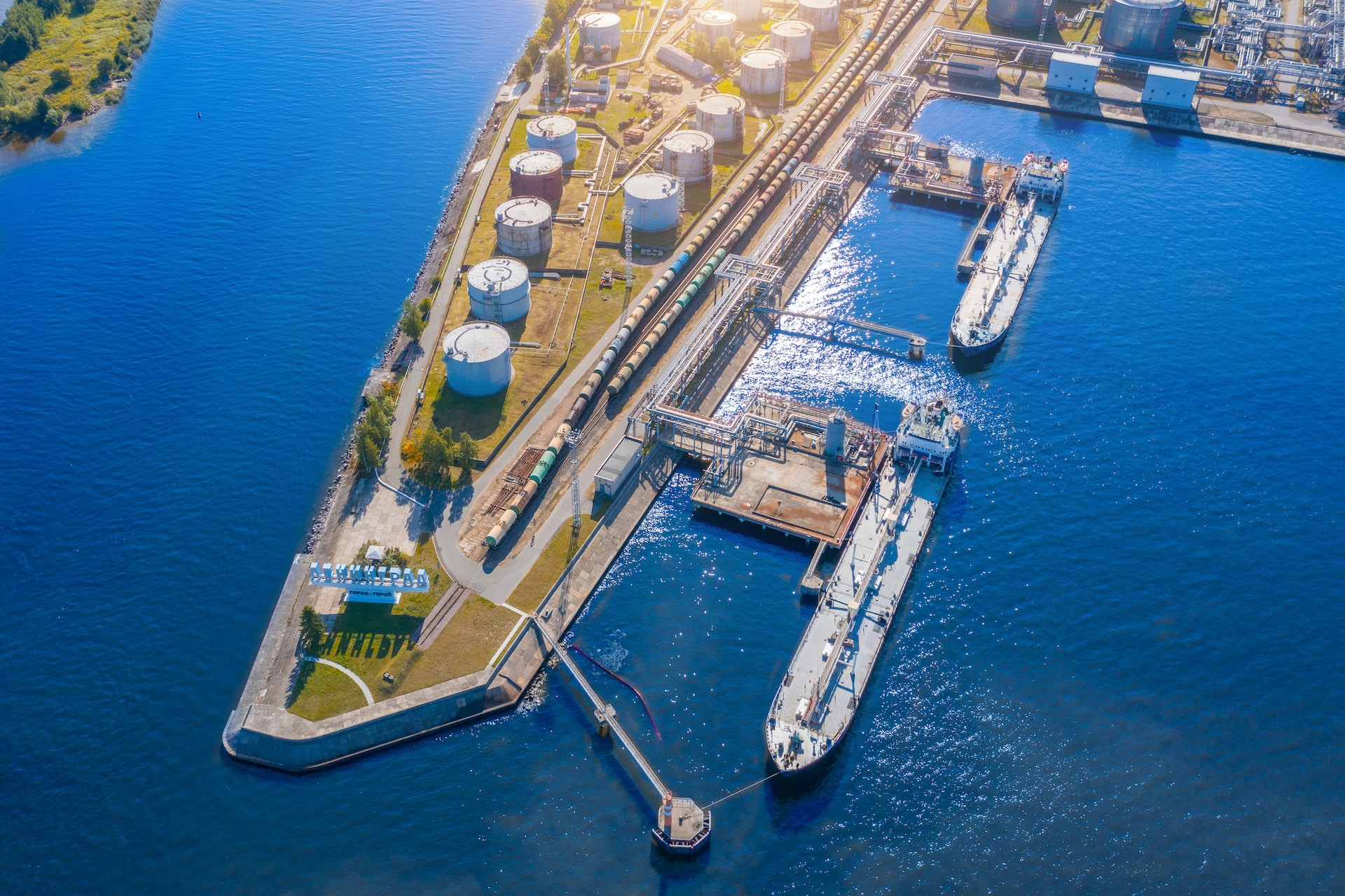
Bespoke liner installation in above ground tanks is a critical service that significantly contributes to the functionality, durability, and lifespan of these storage systems. Especially in sectors like agriculture, water treatment, and fuel storage, where these tanks hold vital liquid assets, tank liners serve to protect and preserve contents while preventing the damaging effects of corrosion.
In this in-depth blog post, we’ll explore the importance of tank liner installation, the process involved and its many benefits to storage tank operators. By sharing our expert insight, we aim to help businesses understand that beyond storing contents, the success of their operations hinges on the integrity of the tanks and liners holding these assets.
Selecting the Right Tank Liner Material
The first step in tank liner installation is choosing the right liner material based on the tank’s purpose and the contents it will store. The tank liner material should offer high resistance to chemicals and UV radiation while providing excellent durability and flexibility. Common tank liner materials include:
1. Polyvinyl Chloride (PVC): This flexible material is resistant to many chemicals, making it suitable for water and wastewater storage tanks.
2. Ethylene Propylene Diene Monomer (EPDM): A durable and flexible material, EPDM is commonly used for potable water tanks and wastewater treatment systems.
3. High-Density Polyethylene (HDPE): Highly durable and resistant to chemicals and UV radiation, HDPE is ideal for fuel storage tanks and chemical containment applications.
The experts at ATM Tanks can help you select the most suitable tank liner material for your specific application and storage needs.
Preparing the Tank for Liner Installation
Proper tank preparation is a critical step to ensure successful liner installation. The process for preparing the tank varies depending on the tank’s material and condition. Here are some general guidelines:
1. Clean the Tank: Remove all debris, dirt, and contaminants from the tank’s interior to ensure adhesion between the liner and the tank surface.
2. Repair Existing Damage: Inspect the tank for any damage such as cracks, holes, or corrosion, and make necessary repairs before installing the liner.
3. Smoothen Surfaces: Remove sharp edges, projections, or irregular surfaces that could damage or puncture the liner during installation.
ATM Tanks’ professional team conducts thorough tank preparation, ensuring that the tank liner installation proceeds seamlessly and effectively.
Tank Liner Installation Process
Once the tank is prepared and the appropriate liner material is chosen, the liner installation begins. The process will differ depending on the liner type and tank design. However, the general procedure includes:
1. Measuring the Tank: Accurate measurements of the tank’s dimensions are taken to determine the necessary liner size, ensuring a precise fit.
2. Cutting the Liner: The liner material is cut according to the tank’s measurements, leaving an allowance for securing and sealing the liner’s edges.
3. Placing the Liner: The liner is then carefully placed within the tank, ensuring proper coverage of the tank’s surfaces and a snug fit around fittings and pipe penetrations.
4. Securing and Sealing: The liner is attached securely to the tank’s top edges, and seams are sealed using heat welding or adhesives, depending on the material. The liner’s edges are attached to the tank wall to prevent slippage or movement.
5. Quality Assurance: The liner installation is inspected for leaks, wrinkles, or defects to ensure a successful installation.
ATM Tanks’ experienced team ensures that all tank liner installations are carried out with precision and care, safeguarding a long-lasting and effective storage solution.
The Benefits of Tank Liner Installation
Installing tank liners offers various benefits to storage tank operators, including:
1. Corrosion Protection: Liners serve as a barrier between the tank material and the stored contents, preventing corrosive interactions and extending the lifespan of the tank.
2. Leak Prevention: High-quality liners reduce the risk of leaks, protecting the tank’s contents and surrounding environment from contamination.
3. Improved Content Quality: Liners help maintain the quality of stored materials by reducing the risk of contamination and preserving the tank’s structural integrity.
4. Cost-Effective: By prolonging the life of the tank and reducing the need for frequent repairs or replacements, tank liner installation is a cost-effective investment for storage tank operators.
By entrusting your tank liner installation to ATM Tanks, you can enjoy all these advantages and secure long-lasting, reliable storage for your essential resources.
Conclusion:
Understanding the importance and process of tank liner installation is crucial in maintaining the integrity and functionality of your above ground storage tank systems. From selecting the right tank liner material and expertly preparing the tank, to following the precise installation process, tank liner installation can help protect your tank from corrosion and leaks, improving the quality of stored contents and prolonging the life of your storage system.
As your trusted partner for tank installation, repair, and maintenance services, ATM Tanks has extensive expertise and experience in handling tank liner installations. With our commitment to providing exceptional services, we can help you maintain the optimal performance and longevity of your storage solutions, ensuring your investment is protected and well-maintained. Choose us for your complete tank liner installation requirements, and experience the difference that expertise, dedication, and quality service can make in the management of your storage infrastructure. Contact us today to schedule an appointment!
- How to Spot and Fix Minor Tank Repairs Early - October 19, 2025
- Handling Emergency Tank Cleanups Safely and Efficiently - October 19, 2025
- Choosing the Right Tank Lining Material for Your Needs - October 19, 2025






